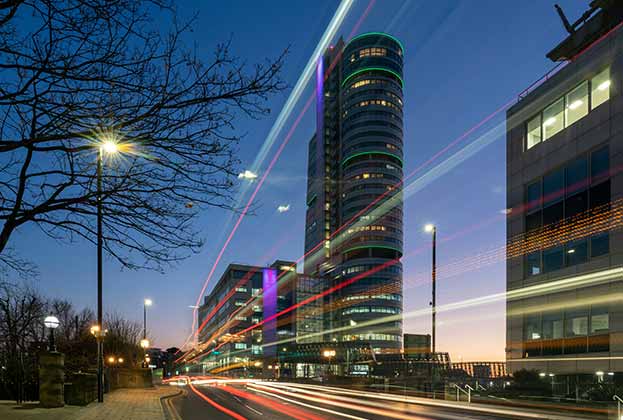With companies across the globe moving through a fast acceleration of new ways of working, expedited by the Covid-19 pandemic, landlords and occupiers have spent the last 12 months looking at a plethora of scenarios to ensure a successful return to the office.
Mapping out a route towards a new future that combines being present in a physical office with the digital advances of being able to work from home, and it’s clear that companies have both a challenge and an opportunity on their hands.
While the fiery debate around the fundamental use of the office continues to smoulder, attention is simultaneously turning to what both landlords and occupiers can learn from other real estate sectors in order to optimise office space and maintain the allure for workers.
Long before the Covid-19 pandemic, the rise of ecommerce had created a landscape where physical stores needed to work hard to create footfall. We have seen how the generic and predictable were no longer enough to sustain our high streets and, as such, the exponential rise in online shopping alongside concept experiences and destination retail, signalled the level of sophistication required to attract and retain consumer attention. Coupled with omnichannel marketing, allowing a brand to create a seamless experience online and offline, the retail sector has provided a sense of how to rethink consumer engagement.
So what’s the link with the office sector? In short, these changes in retail have very much been consumer driven and retailers have had to ensure that every part of the consumer experience is not only seamless but purposeful.
The digital element needs to be practical yet playful, while the pulling power of the store itself needs to be centered around the fact that it’s a destination in its own right. Taking into consideration the monumental shift in consumer behaviour and the level of investment from retailers to create a seamless experience between ‘bricks and clicks’, and it soon becomes clear that the office sector should not be so different.
The idea of being able to work anywhere and at any time very much mirrors the concept of shopping online and thus the world of work needs to respond in such a way that the infrastructure to support a global 24/7 culture needs to be in place.
As such, occupiers (of course supported by landlords) will need to react to this shift in mentality by creating an aligned experience for their employees. A logic to both spaces will be paramount in order to replicate an in-office experience no matter where you are connecting from.
Naturally, while there are some companies who are further ahead than others, pressures from employees for an omnichannel way of working will ultimately be what drives this trend in the real estate sector.
Logically, against a background of digital engagement there will always be the flip side that people will increasingly feel the need for peace and quiet and to disconnect. A balance between being online and offline will underpin the success of businesses and the happiness and retention of their staff going forwards.
Further information
Contact Worldwide Occupier Services

-impact-the-office-sector(1).jpg)

.jpg)






